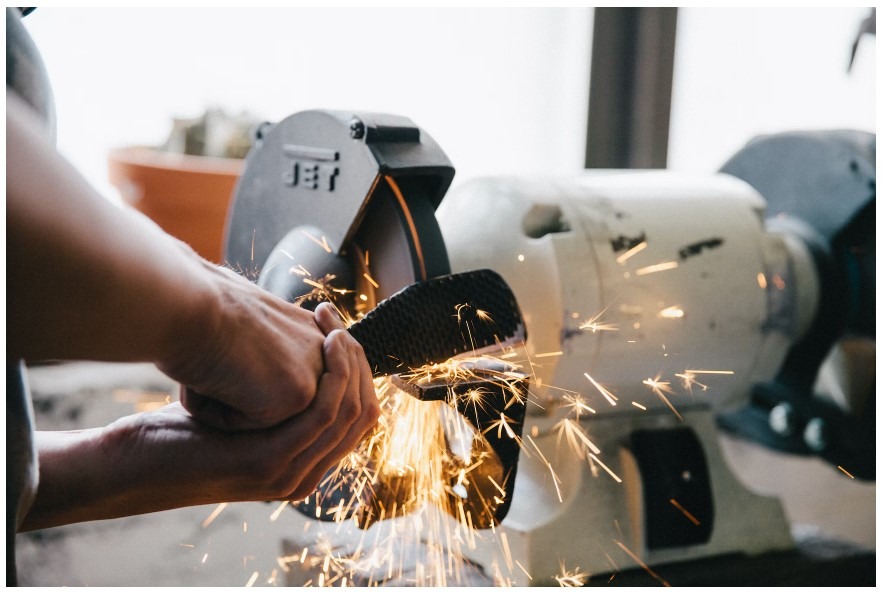Machining is a critical manufacturing process as it is used to ensure the finished material is of the right shape, size, and surface texture. It does this by removing unwanted material to end up with the desired result. Most machining processes gradually sheer off excess material, which is discarded in the form of chips. An undesired side effect of this process is the production of heat. This heat can have negative effects on the material being worked on, hence the debate of whether dry and wet machining is best.
Reducing Cutting Heat
The heat produced during the machining process must be kept under control and there are two main ways of doing this. One is using a lubricant or cutting fluid (coolant) to reduce friction between the cutting tool and the material being worked on. The second is removing heat from the cutting zone. Reducing the speed of the cutting tool has also been used to help with this issue but this method only applies to materials that are not too hard.
Wet Machining
Wet machining uses fluid for both cooling and lubrication. You might also see the coolant referred to as cutting liquid, cutting lubricant, or cooling mixture. By providing lubrication, the coolant reduces friction between the cutting tool and the materials.
Another advantage of using a coolant is that it makes it easier to evacuate the chips with most wet metal machines using the coolant to collect the metal dust hence reducing its concentration. This is especially important for metals whose dust can ignite if there is a spark during the machining process.
Wet machining can increase the life of the tool, provide a better environment and work surface control as well as increase productivity.
A major downside to wet machining is that prolonged exposure to the coolant can be harmful. That is why there are strict guidelines about its use, containment, exposure, and disposal.
Dry Machining
Even with all the advantages of using a coolant, it cannot be applied in applications where the temperature of the work surface fluctuates. This fluctuation can destroy the tool, and, in these cases, dry machining is recommended. Although the temperature of the work surface will remain relatively high, it can be kept within a narrow range if the work parameters are set right.
Another important factor to consider when deciding between wet and dry machining is economics. When using wet machining, the cost of the coolant, pump, and recycling system has to be taken into consideration, and it can be quite high.
Additionally, cleanup is much easier when using dry machining. This is because the chips produced are dry, which makes collecting them a lot easier.
Cryogenic Machining
Taking into consideration the pros and cons of both wet and dry machining, machinists came up with cryogenic machining. This uses a coolant that is cooled to very low temperatures, which reduces overheating while also improving the cutting tool’s life. This method uses a low-temperature coolant, such as liquid nitrogen or dry carbon dioxide, that is applied directly to the cutting zone.
Choosing between wet and dry machining depends on a lot of factors with the type of material, type of finishing, and economics being some of the factors to consider. Depending on the application, a machinist should choose the method that works best for what they are working on.

